Same Day Shipping EMI & COD on most products
Trusted Partner Since 1969
GST B2B Billing  Help
Help  00919699976817
00919699976817
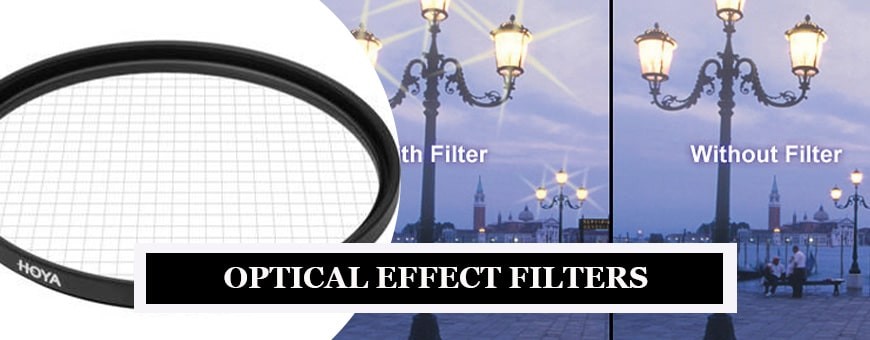
Showing 1–24 of 28 results
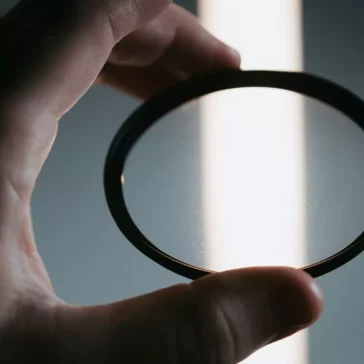


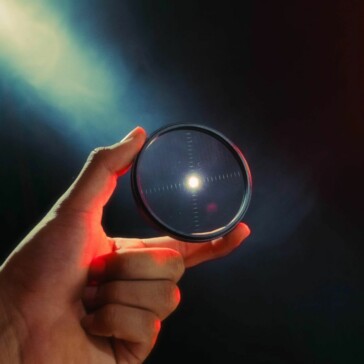
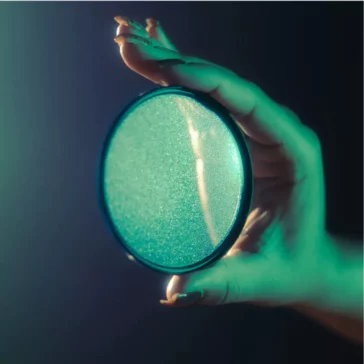







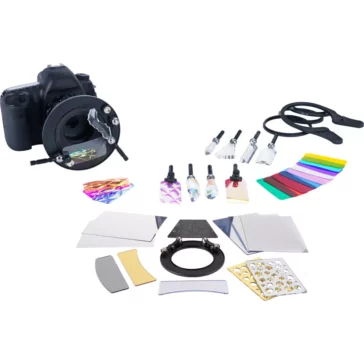

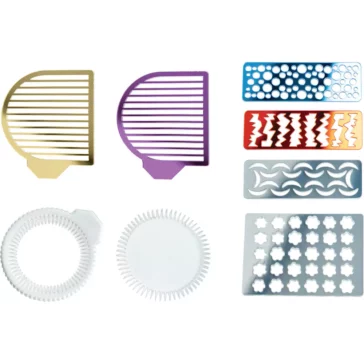
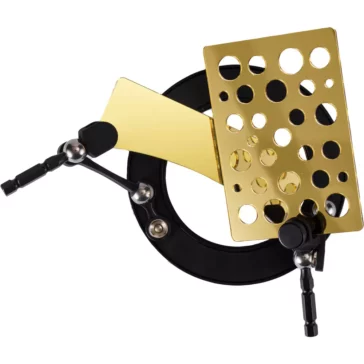


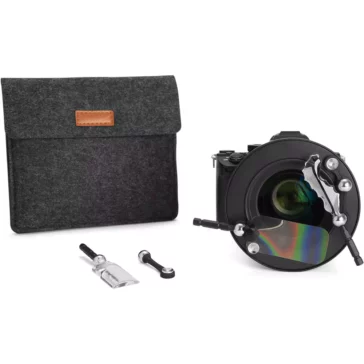
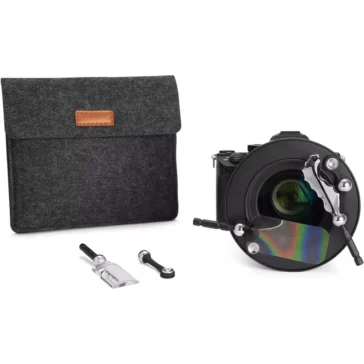
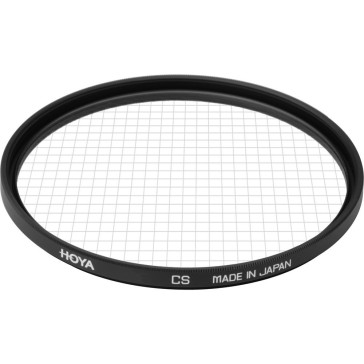
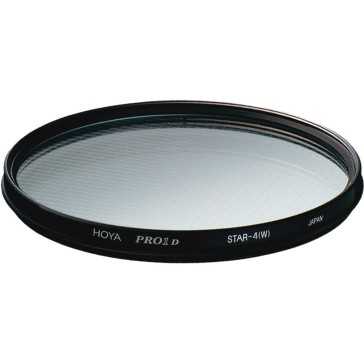
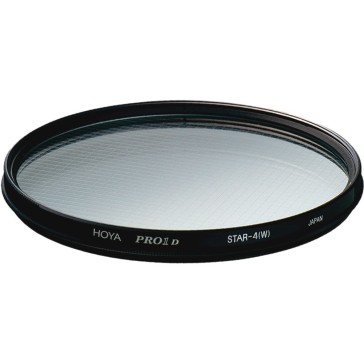
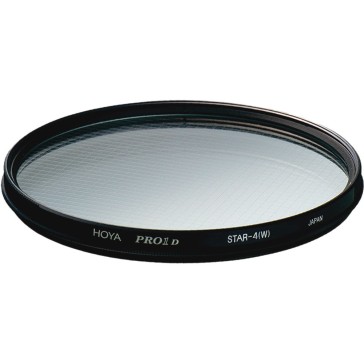
The world of photography has always been about capturing the perfect moment. From the days of film cameras to the modern digital era, the essence of a photograph remains the same. However, what has changed is the way we capture and enhance these moments. Enter the realm of Photography Optical Effects Filters. These are game-changers, allowing photographers to add a touch of magic to their images.
Understanding Photography Optical Effects Filters
Photography optical effects filters are specially designed tools that influence the way light interacts with the camera sensor. They can transform an ordinary scene into a visual masterpiece. By using these filters, photographers can control light reflections, improve color balance, or introduce captivating effects into their shots.
Types of Optical Effects Filters and Their Uses
Polarizing Filters: These filters enhance the colors of the sky and foliage, reducing reflections and glare from non-metallic surfaces. They can deepen the intensity of blue skies, making them a favorite for landscape photography.
Neutral Density (ND) Filters: They limit the amount of light entering the lens. This is particularly useful for creating a sense of motion in waterfalls or clouds, as it allows for longer exposure times without overexposing the shot.
Graduated ND Filters: A combination of the standard ND and clear filter. They are perfect for balancing out bright skies with darker landscapes, ensuring an even exposure throughout the image.
Benefits of Using Optical Effects Filters
Enhanced Image Quality: Filters can correct or improve color balance, ensuring your images are vibrant and true-to-life.
Protection: They protect the camera’s lens from scratches, dirt, and smudges.
Creativity: Filters offer endless creative possibilities, enabling photographers to experiment with different looks and moods.
In Conclusion
In the ever-evolving world of photography, Photography Optical Effects Filters stand as powerful tools for both professionals and hobbyists. They not only enhance the quality and look of images but also open up a plethora of creative avenues to explore.
Polarizing filters are pivotal when it comes to photographing water. They minimize reflections from the water’s surface, enabling the camera to capture what lies beneath – be it rocks, marine life, or the seabed. This results in clearer water shots with reduced glare, thus highlighting the underwater elements and offering a sense of depth and clarity.
Yes, while filters can enhance many scenarios, there are situations where they might not be beneficial. For instance, in low-light conditions, using an ND filter can further reduce the light, making it challenging to get a proper exposure. Also, over-reliance on filters can sometimes lead to over-saturated or artificial-looking images. It’s essential to assess the scene and decide whether a filter will add value or detract from the image’s authenticity.
The choice of filter largely depends on the desired outcome. If you aim to reduce reflections and enhance colors, a polarizing filter would be ideal. For motion blur effects in bright conditions, an ND filter is the go-to. Understanding the scene, the lighting conditions, and the final image you have in mind will guide you in selecting the right filter.
Absolutely! Photographers often stack filters to achieve a specific effect. For instance, combining a polarizing filter with an ND filter can allow for longer exposures while also reducing glare and enhancing colors. However, it’s crucial to ensure that the combined effect doesn’t compromise image quality or introduce unwanted color casts.



Most units are shipped same day using professional courier services with tracking.
We work round the clock to ensure you get the highest level of customer satisfaction.
Well packed, Sealed Units are shipped from our warehouse which are waterpoof & sturdy.
Design Info
GST: 27AYUPJ2628P1ZK
No.1, Saremals, Shastri Hall Building,
Nana Chowk, Grant Road West,
Mumbai 400007, Maharashtra, India
New Delhi Branch – South Ex 2, 110049
Also Ships DAILY from Brisbane, Dubai,
Berlin, Barcelona, Detroit & Vancouver.
Connect online / schedule a demo
Call/WhatsApp: +91-9699976817
Email: [email protected]
Live Chat: Business Hours
Follow Us: @designinfo.in
Copyright © 2014-2022 Design Info All Rights Reserved. Feedback on web experience
Since 1969